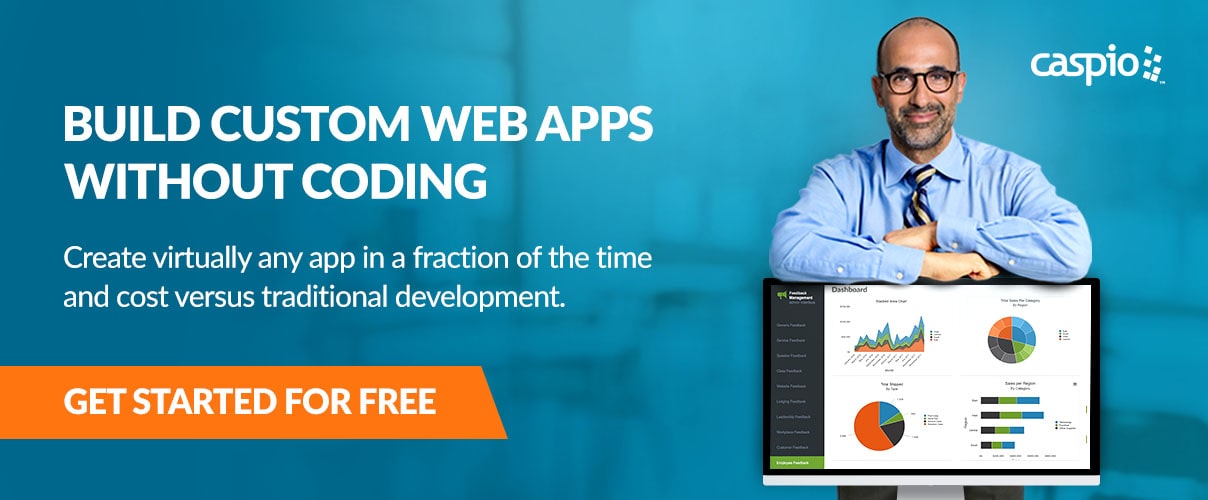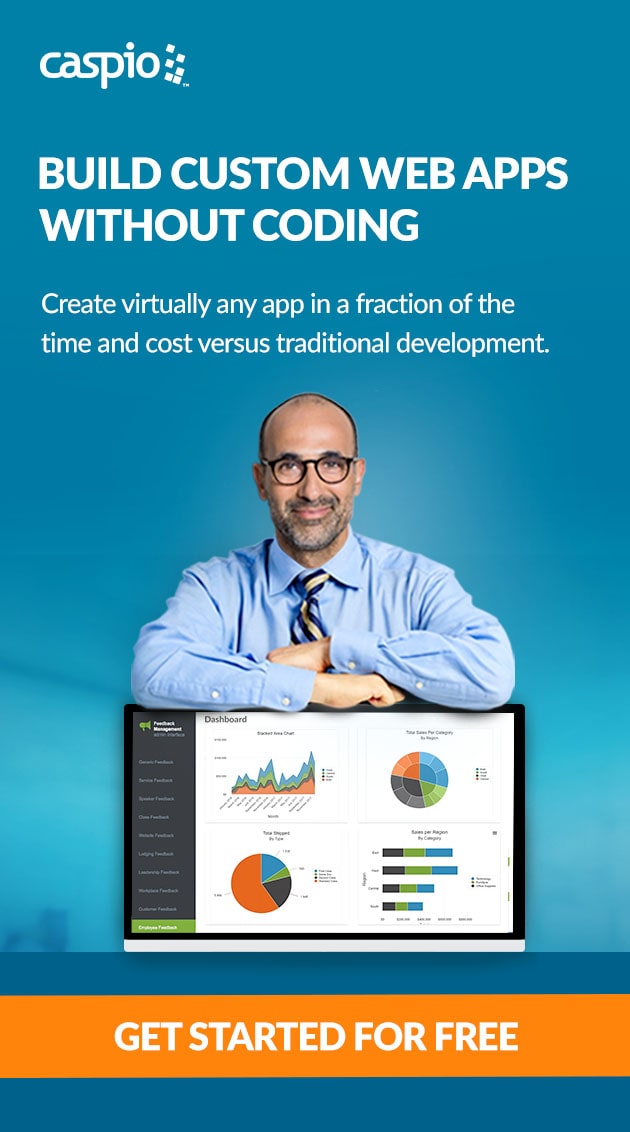Every Application Can be a “Cloud App”
November 27, 2012

I was a bit perturbed reading a NetworkWorld article about what kinds of applications organizations should and should not be moving into the cloud. The article posits that some applications, due to complexity and/or multiple integration points, are better suited for premise-based deployments, or potentially in “private cloud” environments (which in reality is just your own data center, or via a managed service/private hosting provider with the app being delivered via the web).
I think that maybe, a few years ago, this article would hold some weight. After all, we were all still trying to define what the “cloud”really was, let alone decipher what apps were best suited for the cloud versus traditional environments.
But so much has changed, and rather quickly. Today, I would argue that any type of application can be perfectly functional as a cloud-delivered app. Now, to give the aforementioned article some credit, there are of course cases where highly out-dated legacy applications might not be well suited for migration to the cloud, as I have noted before. But that is what makes modern cloud app building platforms like Caspio so valuable. You can – in many instances – rebuild these legacy apps in a more usable, accessible and modern format in no time – and run these revised apps in the cloud for lower cost and less complexity. The NetworkWorld article is a bit short-sighted here; the cloud is an opportunity to cost-effectively revamp your app stack in a phased, well maintained manner.
The article also points out that highly integrated applications might not be ideal for cloud deployment. I disagree. The “cloud” is fast proving itself as a highly scalable, highly available run time environment. There is not much difference in building, deploying and integrating disparate apps in the cloud versus traditional app life cycle models. In fact, the fact that developers and IT admins need not worry about the infrastructure underneath their app stacks means they can use simple, reliable web services APIs to integrate applications in the cloud with as much (if not more) ease as with older on-site apps. For example, Caspio has a web services API that can support unlimited custom integrations to Caspio-powered apps. And the Caspio DataHub can help organizations better move data between apps in the cloud.
We may not see older, huge implementations of ERP packages and other unwieldy apps quickly replicated in the cloud. However, with online database platforms like Caspio, companies can slowly chip away at their old, rigid app stacks and quickly rebuild them one-by-one in a more elastic, cost-effective manner in the cloud.












